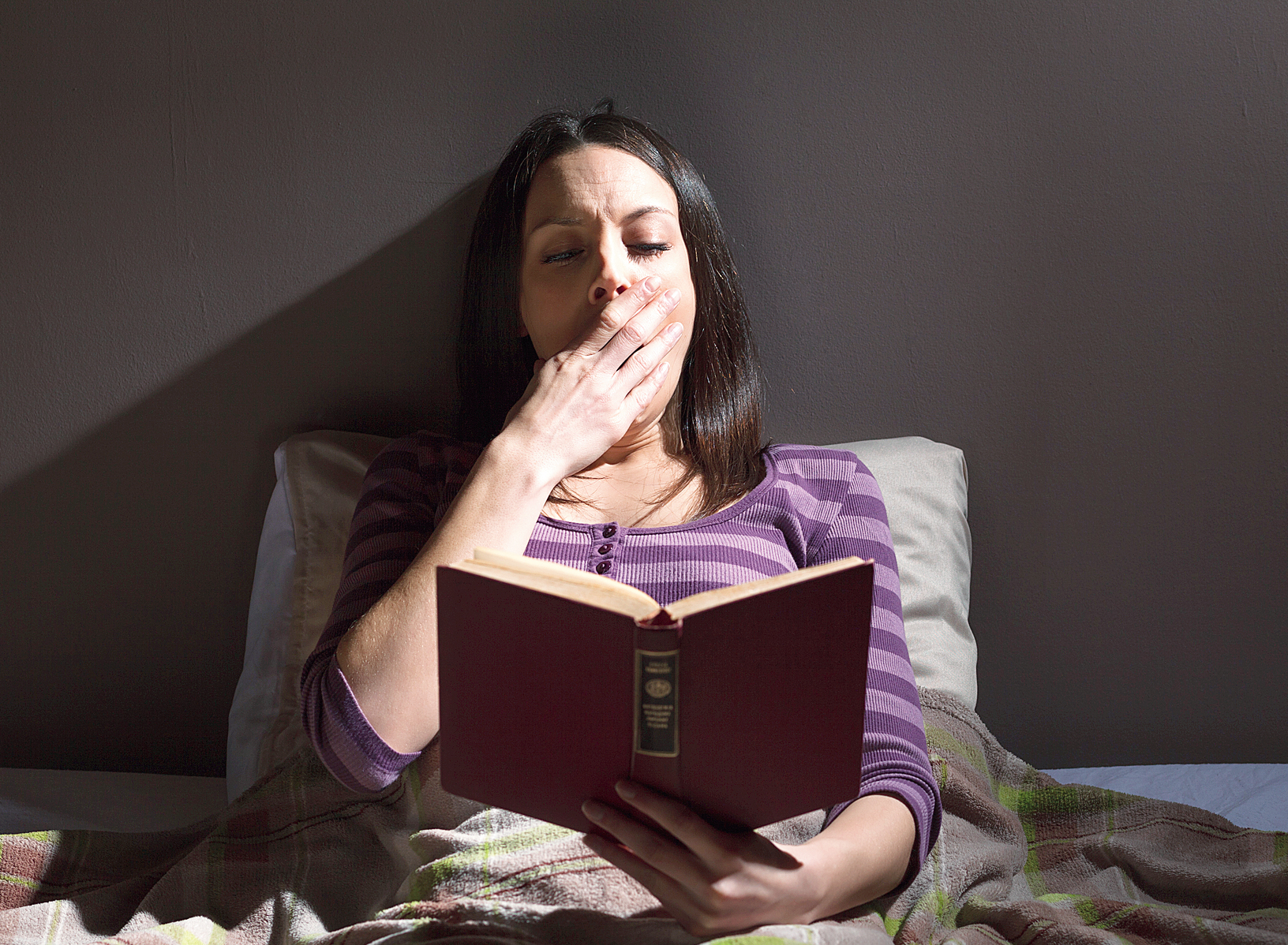When my better angels are in charge of my schedule — instead of the insatiable gremlin that won’t get off Instagram — I end the day by starting my bedtime routine: lighting candles, eating early (three-ish hours before going to sleep, in a knockoff version of intermittent fasting), moulting daytime clothes and obligations (no screens, so no social media, no texting, no email), and then floating around for 20 minutes of Vedic meditation; some at-home hypnotherapy; a little journaling; reading a book that asks nothing of me; and listing five “happinesses”, just some small things that I want to keep close.
The privilege of pursuing “wellness” asserts itself most clearly in these choreographed twirls through body, mind and soul, in having the time and support to get holistically loose every night.
Start early — no, earlier
Bedtime routines for babies and toddlers can involve many pre-bed hours in support of a slow, sleepy descent. Dr Chris Winter, a neurologist specialising in sleep and the author of a book on the subject, said of a bedtime routine, “I always think it’s interesting that we kind of drop it as we get older,” and instead make a hard stop at 11pm, still covered in a day’s worth of psycho-emotional goo.
Kelly Love, the Mississippi-based co-founder of Branch Basics, which sells nontoxic cleaning products, begins her evening routine around 4pm when she wants to “give my eyes a break from screens” and, phoneless, takes her daughter out to play.
Gretchen Rubin, the author of several books about making our lives better including The Happiness Project, describes herself now as a “sleep zealot”, but said that previously she struggled to prioritise rest before bed. She said that for a lot of people, deciding between staying up and going to bed presents “real tension”. She recommends setting an alarm for bedtime; even if you snooze it, “there’s an awareness that there is some line”.
To sleep, walk
After dinner, Love goes for a walk, which can include some “barefoot time” and “getting some grounding in”. “Earthing” is the practice of skin-on-dirt, sand, grass, rock. This is not so practical in a Midwest winter or a New York apartment.
Sara Panton, a co-founder of an essential-oil company Vitruvi, lives near the beach in Vancouver, British Columbia, where she walks her dog, Charlie, every night. Later, around 9:30pm, she practices qigong, reiki or pilates, or simply puts her legs up against a wall, a position that can allow for stress relief. Movement, “whether through stretching or through energy work”, creates “a sense of ritual for helping the body reset to a different time of day”. Panton sometimes chooses not to eat for 12 to 14 hours, which she said had been “beneficial in being able to wind down in the evening”.
Kristin Dahl, a holistic nutritionist and herbalist in Los Angeles, US, goes for a walk, to “practice some deep breathing”, and does yoga nidra as part of her bedtime routine, which is “essentially a guided body meditation and body scan”.
Love stretches and does deep breathing for 15-20 minutes.
Engage the five senses
A warm drink can help — if it’s sugar, caffeine and alcohol-free. Love — who prepares organic foods without excitotoxins (substances that trigger the neurotransmitters) and preservatives for dinner at 6pm — drinks mushroom lattes, which are “warm and cozy and help me wind down”. Before bed, Panton drinks something warm in winter and iced in summer, “with antioxidants”, and likes turmeric chai tea. Dahl drinks lemon balm tea.
As part of her multistep skin care routine before bed, Panton does facial cupping, for better circulation, and ends with the facial-massage technique gua sha, pushing a hard, curved tool around the contours of her face for lymphatic drainage.
Latham Thomas, who is a Brooklyn-based doula [trained non-medical companion] and the founder of Mama Glow, a maternity lifestyle label, uses diffusers for essential oils; Panton prepares her bedroom for sleep with her company’s essential oils, a blend of lavender, eucalyptus and frankincense, which she created during a trip to Joshua Tree National Park, US.
The signature sound of the bedtime routine might be a selection from the Calm meditation app’s “Sleep Stories,” or the white noise of an air purifier, which Love has in her bedroom, or something more ethereal. Thomas recommends humming for people who feel they can’t meditate. “It’s like an instant drop-in,” she said, and also “allows you to extend your breath even longer than regular meditation”.
Turn off the light
The blue light emitted by digital screens could be the most essential part of our tech-poisoned daytime lives to address in a bedtime routine. Winter said, “The blue-green light is interacting with your pineal gland to block melatonin,” which is why “a cellphone in your face at night is preventing you from making melatonin to help you sleep.”
Love uses blue-blocking glasses, like those familiar from the 1980s (and then, inevitably, the mid to late 2000s), and sets her MacBook and iPhone to switch to Night Shift mode in the evening; before bed, she puts her phone in Airplane mode, and unplugs the WiFi to limit exposure to electric and magnetic fields.
Closing out her bedtime routine, Love draws curtains with blackout lining. “The whole idea is you don’t want to be able to see your hands,” she said — if you can, it’s not dark enough for ideal sleep.











